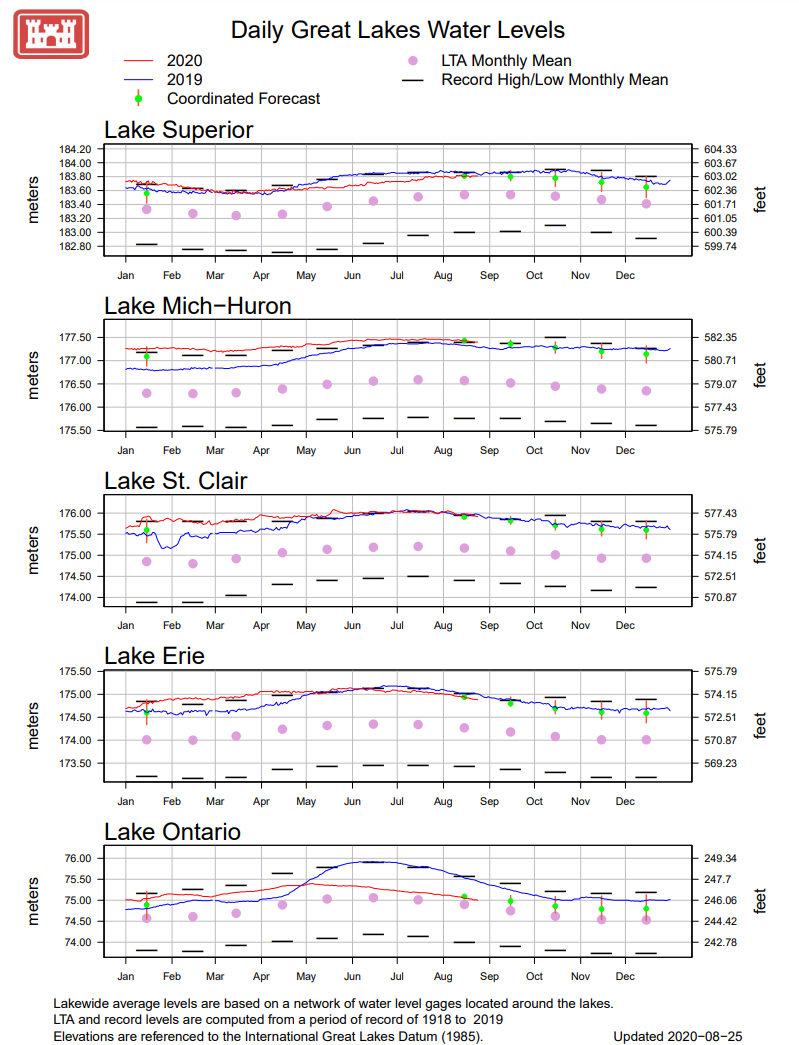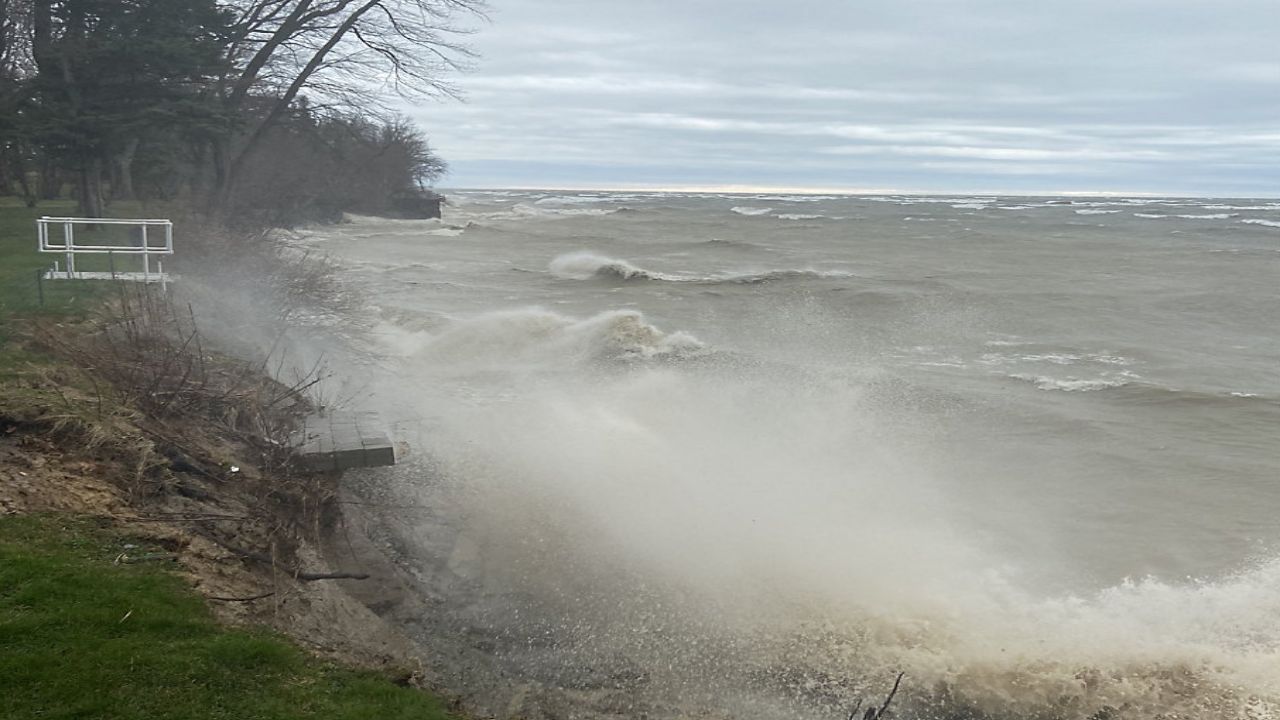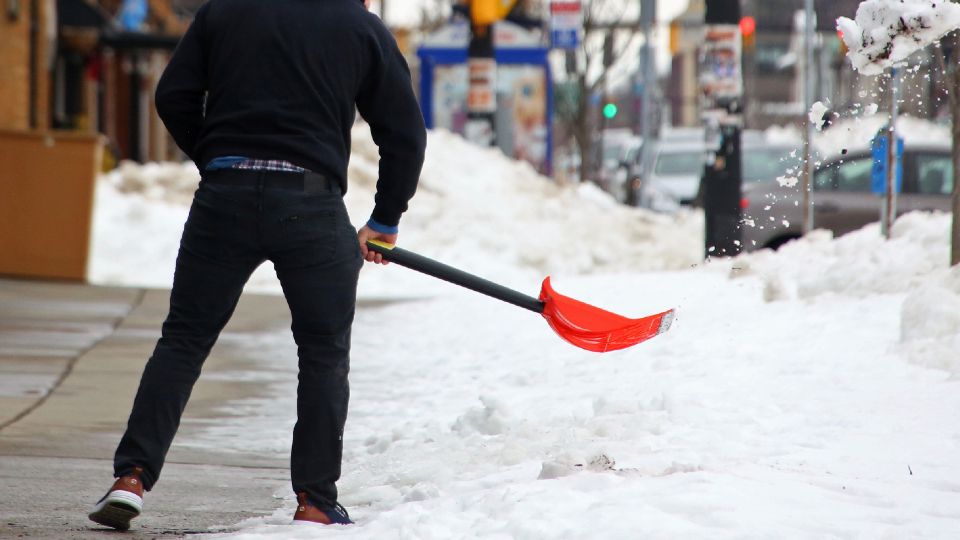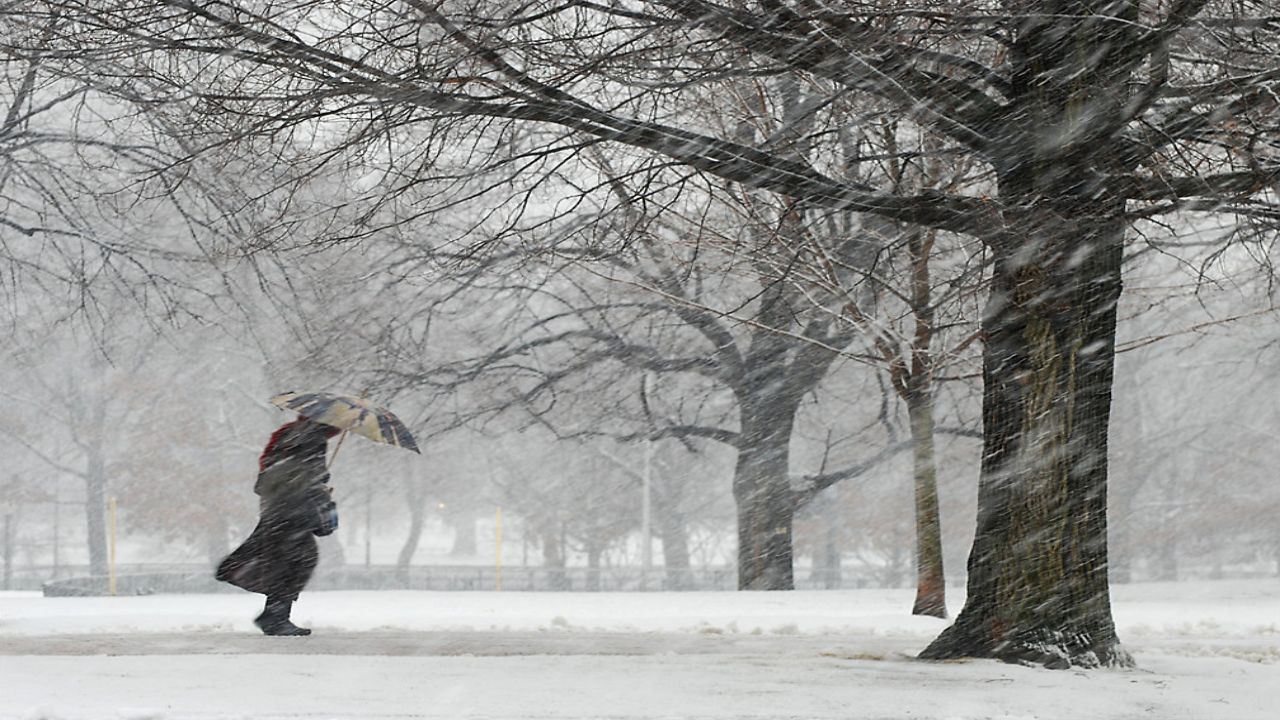After last year’s record high water levels on Lake Erie, and the damaging seiche events that followed late fall and winter, I thought it’d be a good idea to look at how water levels are doing on Lake Erie entering fall and the “seiche season”.
The definition of a seiche is, “a temporary disturbance or oscillation in the water level of a lake or partially enclosed body of water, especially one caused by changes in atmospheric pressure".
In other layman terms, winds push water from one end of the lake to the other, resulting in water levels rising at the downwind end and dropping at the other.
Lake Erie typically hits its high water mark for the year in June or July. Last year, Lake Erie set records for high water, including those months.
Lake Erie typically hits its shallowest marks in the winter, which is key because late fall through early spring is when most of our seiche events occur.
The lake didn’t drop as much as it usually does and was still setting high water monthly records in the early spring.
The extremely high water, combined with several strong seiche events, resulted in shoreline erosion and property damage. Grand View Bay and Hoover Beach are just some of the areas that saw significant damage.
There is a little good news, however, going into this fall. As of August 25th, Lake Erie currently sits at 573.75 feet. While that is still high, around 2 feet above average, it is lower than the average monthly and record water level last August of 574.21 feet.
The record lowest water level for August was set in 1934 at 569 feet.
The overall dry summer will also help heading into the fall months as the lake is expected to drop at least 3 inches over the next few weeks and even more by November and December.
The lake will still be at very high levels but not quite to the degree it was last “seiche season”.
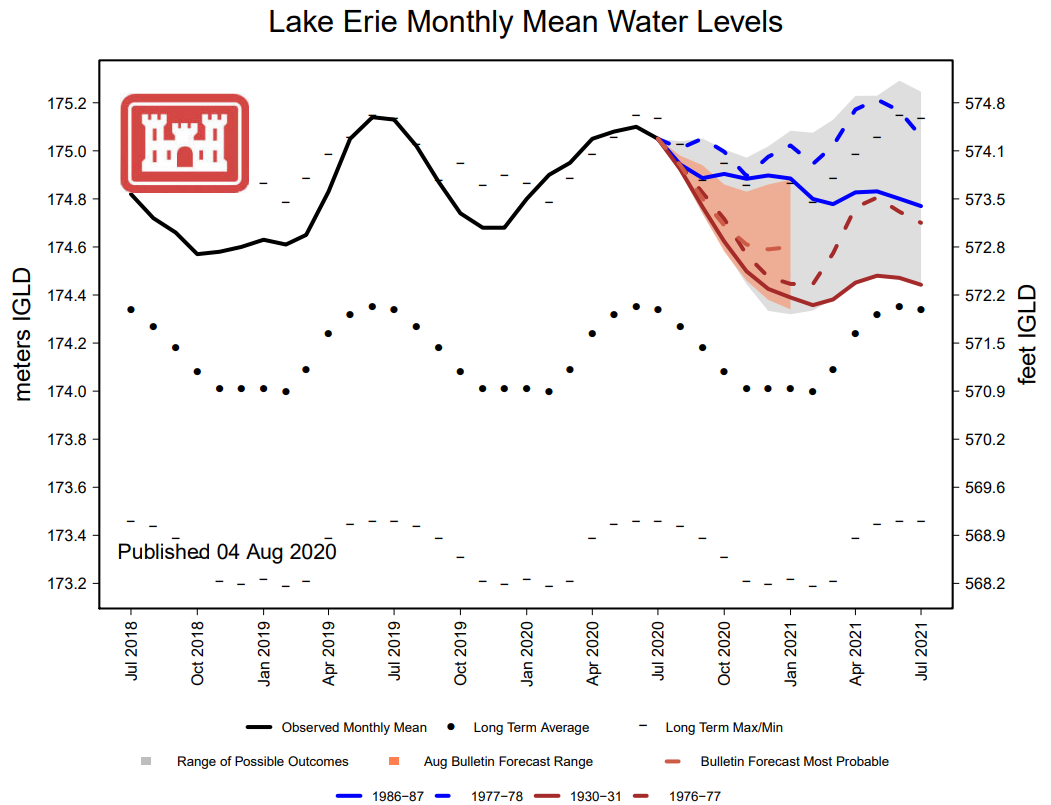
The overall trend for many, especially upstream lakes, is to continue to run near or just below record high water marks.
While I don’t expect quite the destructive season as last, there’s still the potential for more shoreline erosion and property damage.
Because of the upstream lakes continuing to run high, the real bad news is this will be a theme for several more years to come.
